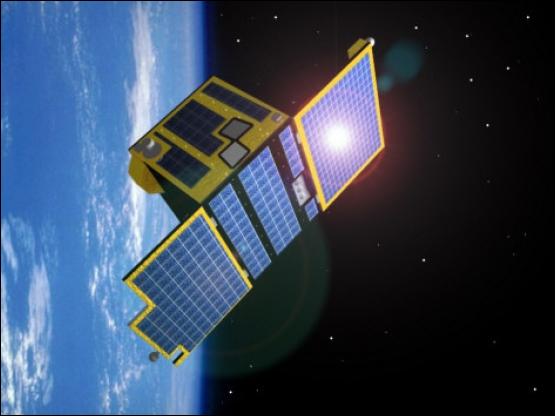Nederlands - Français - English
The tension on the workfloor at the SIDC, Solar Influences Data analysis Center grows. Two instruments onboard of the ESA-satellite PROBA2 are in the hands of the SIDC, a part of the Belgian Solar-Terrestrial Centre of Excellence (STCE) and funded by the PRODEX programme. PROBA2 was carefully packed for shipping this month by Verhaert Space. The satellite will be transported to Russia where Verhaert Space will fit it together and run the final tests. The launch of the mini-satellite with a Rockot launcher is foreseen for the period September-November. Scientists and industry bundled their forces. The result is PROBA2, Project for On-Board Autonomy, a jewel of innovating space technology made in Belgium.
PROBA2 will be launched from Plesetsk, Russia, onboard of a Russian Rockot launcher. PROBA2 is a secondary passenger next to the ESA SMOS satellite. The orbit has a height of 728 km; the orbit time will be around 100 minutes. This orbit configuration admits uninterrupted solar observations during 9 months. Once PROBA2 was build, the satellite was stored in the clean room of Verhaert Space in Kruibeke in attendance of the launch. Because of the problems with the Russian Rockot, launch was several times delayed. At the moment, the satellite is packed for transportation to Russia. Once in Russia, Verhaert will run extensive tests. Finally, PROBA2 will be mounted on the launcher ready for launch.
The PROBA2 platform gathers several ameliorations compared to the first PROBA: increased instrument capacity, a new board computer developed by Verhaert Space, a propulsion system to keep track of the correct orbit, unfolding solar panels for a higher power supply. This new generation satellite is better equipped to fulfill complex missions. The Belgian instruments are compact and the electronics don't need much energy to function. A first analysis of the data is done onboard. Thanks to an efficient compression scheme, more data can be sent to Earth through the limited telemetry.
SWAP films the Sun in extreme ultraviolet. In this way, we can make pictures of the invisible solar eruptions with a camera in the EUV-band. Scientist of the STCE picked the most suitable wavelength in the EUV and an optimal spatial and time resolution. It became finally 17.5 nanometers, 1 image/minute of the solar disc plus a part of the surrounding space. SWAP is capable to follow a plasma cloud leaving the Sun and travelling through space.
The radiometer named LYRA measures the solar UV irradiance. LYRA will use diamond detectors for the first time in space for a solar physics instrument. The Sun radiates mostly in the visible light. But thanks to this diamond technology, the instrument can 'see' the UV-radiation, even with this overexposure of visible light. There is another advantage linked to diamond. This material and therefore the detectors made out of it and the whole LYRA instrument are less prone to other harmful radiation compared to other classical silicon diodes. The Centre Spatial de Liège, CSL, built LYRA and SWAP.
Besides the scientific function, the two telescopes are also helpful in the space weather context. Forecasters can watch the Sun at any moment and anticipate on solar radiation, particle events and plasma storms. Space weather is an exciting and new discipline, but at the same time it is also a threat, for e.g. satellites. Radio communication and navigation like GPS are influenced strongly by space weather. All kinds of companies, commercial and non-commercial entities, radio amateurs, air companies, satellite operators, electric power companies, offshore drilling for oil/gas surveys, ... they want space weather alerts, information in real-time and reliable forecasts. PROBA2, itself under influence of space weather, will help ensure the security and safety against space weather. PROBA2 has yet the advantage that it is protected by the magnetic field of the Earth.
| Involvement | |
| Verhaert Space is the Belgian specialist in high-technological space systems. The company develops advanced space technology like mini-satellites. PROBA1, the first success story of a satellite made in Belgium. The Solar-Terrestrial Centre of Excellence, STCE is a Belgian expertise centre focused on the relation Sun-Earth. It provides solar and solar-terrestrial research and services known by the international space weather and solar physics community. The PROgramme for the Development of scientific EXperiments (PRODEX) is a programme of the European Space Agency (ESA) to which Belgium, as Member State of ESA, has been participating since June 1988. The purpose of PRODEX is to provide (co-)funding for the development and exploitation of scientific instruments and experiments in the framework of the scientific space programmes of ESA, as well as of other space institutions. |
|
| Informationcards | |
PROBA2-Project for On-Board Autonomy
|
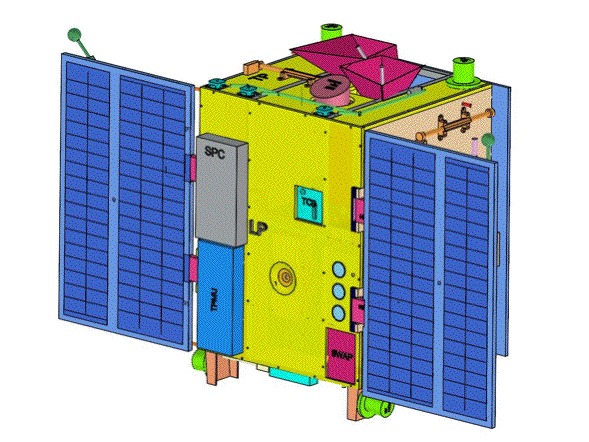 |
|
|
|
LYRA-Lyman Alpha Radiometer
|
 |
|
|
|
SWAP - Monitoring the solar corona
|
 |
|
|
|
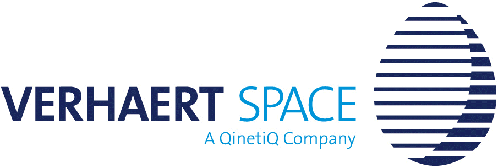 |
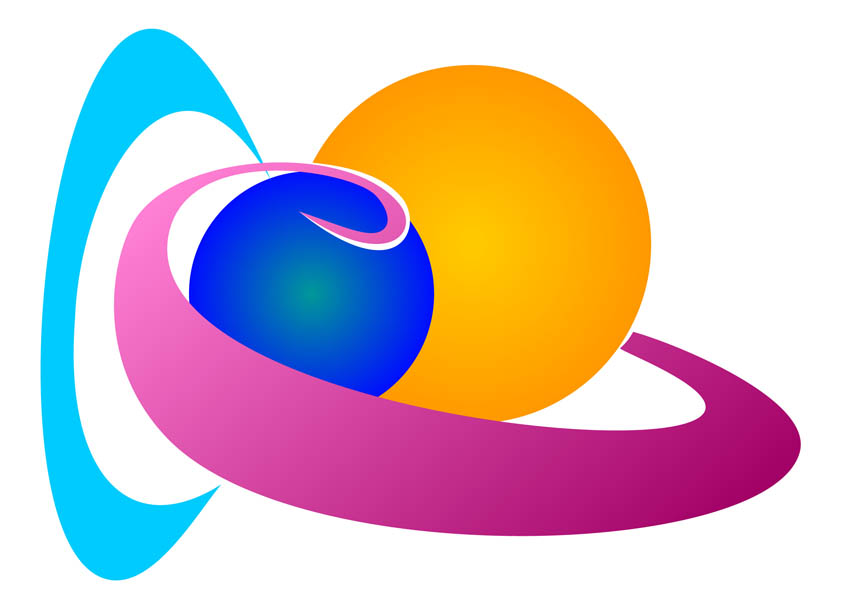 |
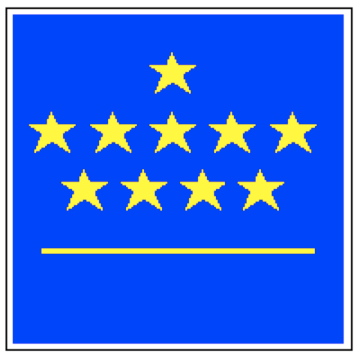 |
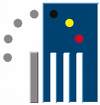 |
